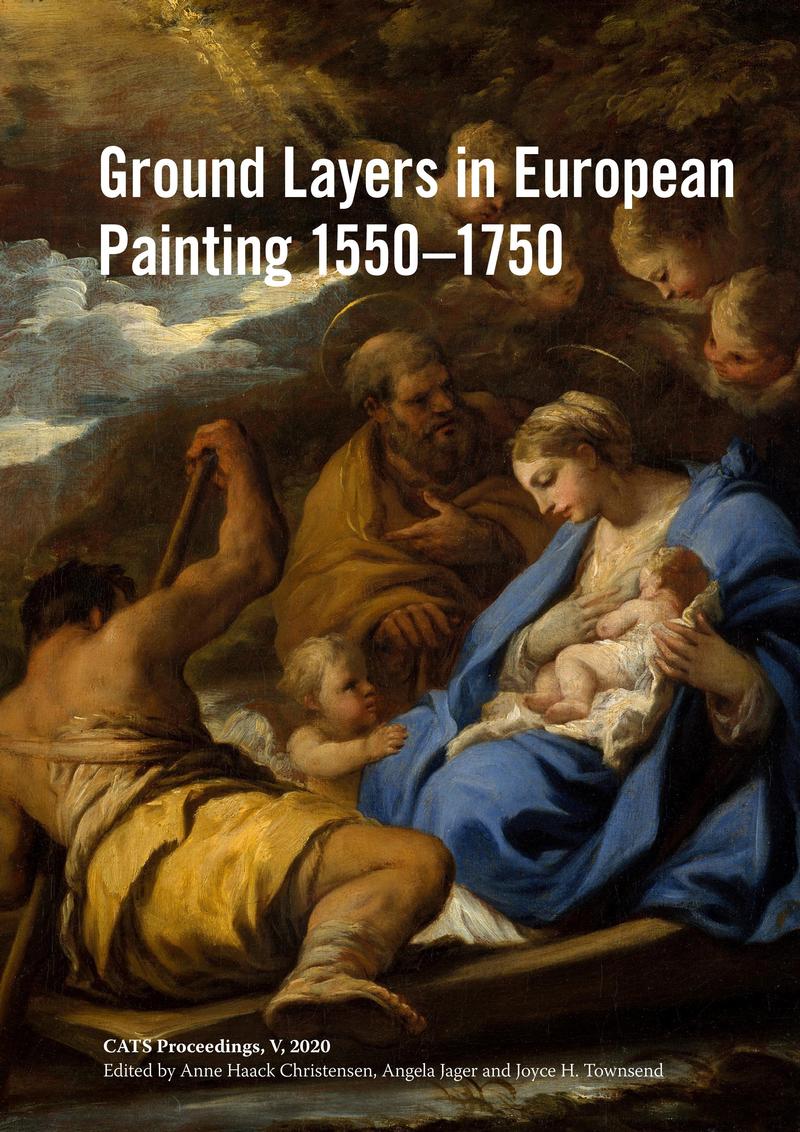The majority of the papers in this volume were presented at the CATS international technical art history conference in June 2019 titled Mobility Creates Masters - Discovering Artists' Grounds 1550-1700, which explored the introduction of, and change to, the coloured ground layers in European paintings form the Early Modern period. The title of the conference stemmed from the desire to instigate new research projects within the topic of the influence of artists' mobility on material choices and techniques related to the preparation of paintings. As well as contributions presented at the conference, this volume includes additional papers from recent research exploring the same topic. The volume begins with several studies on the documentation of grounds. The contributions are then arranged according to the country in which the painter was active, from southern Europe moving northwards.
The lavishly illustrated contributions in this volume deal with the above questions and shed light on different methods of preparing painting supports, the purpose of preparatory layers, materials used in different countries and influence of shifts in fashion or availability of materials on ground layers.
This fifth CATS Proceedings will be of interest to scholars and students, and museum professionals including curators, conservators, art historians and conservation scientists.
*A freely downloadable pdf version of this book is available on the CATS website
Please click here for a look inside the book
Troubleshooting coloured grounds: developing a methodology for studying Netherlandish ground colours
Moorea Hall-Aquitania and Lieve d’Hont
Experiments using image processing software (Nip2) to define the colour of preparatory layers in 16th-century Italian paintings
Joanna Russell, Marta Melchiorre Di Crescenzo, Joseph Padfield and Marika Spring
New light on the use of ash in the ground preparations of baroque paintings from Spain, North and South America
Silvia A. Centeno, Dorothy Mahon, Federico Carò and José Luis Lazarte Luna
European art in Argentina: the ground of a painting attributed to Salvator Rosa
Mariana Aurora Calderón Mejía, Dolores González Pondal, Damasia Gallegos, Fernando Marte and Marcos Tascón
Coloured grounds and transfer techniques in 17th-century Spanish royal portraiture: the case of Pantoja de la Cruz’s portrait of Philip III at the Harvard Art Museums
Cristina Morilla, Narayan Khandekar, Kate Smith and Anne Schaffer
Velázquez and his choice of preparatory layers: different place, different colour?
Maite Jover de Celis and Maria Dolores Gayo
To reach the original: technique and materials of the late 17th-century Italian painter of large-scale battle scenes, Martino Altomonte
Joanna Szpor, Katarzyna Górecka and Marcin Kozarzewski
White, red, grey and brown: colour in Genoese grounds from the mid-16th to the 18th century
Michela Fasce
Discovering patterns in Giralamo Troppa’s grounds
Loa Ludvigsen, David Buti, Anna Vila and Eva de la Fuente Pedersen
Ground layers in French paintings from the second half of the 17th century: colour, stratigraphy and function
Claire Betelu
The effect of ground colour on the appearance of two paintings by Thomas Willeboirts Bosschaert in the Oranjezaal, Huis Ten Bosch
Lidwien Speleers, Margriet van Eikema Hommes, Ineke Joosten, Suzan de Groot and Annelies van Loon
Are the changed appearances of Carel Fabritius’ paintings a consequence of mobility?
Jørgen Wadum
Discovering trends in Jan Steen’s grounds using principal component analysis
Marya Albrecht, Sabrina Meloni, Annelies van Loon, Ralph Haswell and Onno de Noord
The grounds of Caravaggism? Case study of Theodoor van Loon
Claire Toussat
Preparatory layers in British paintings from the 16th to the early 18th century
Joyce H. Townsend and Rica Jones
